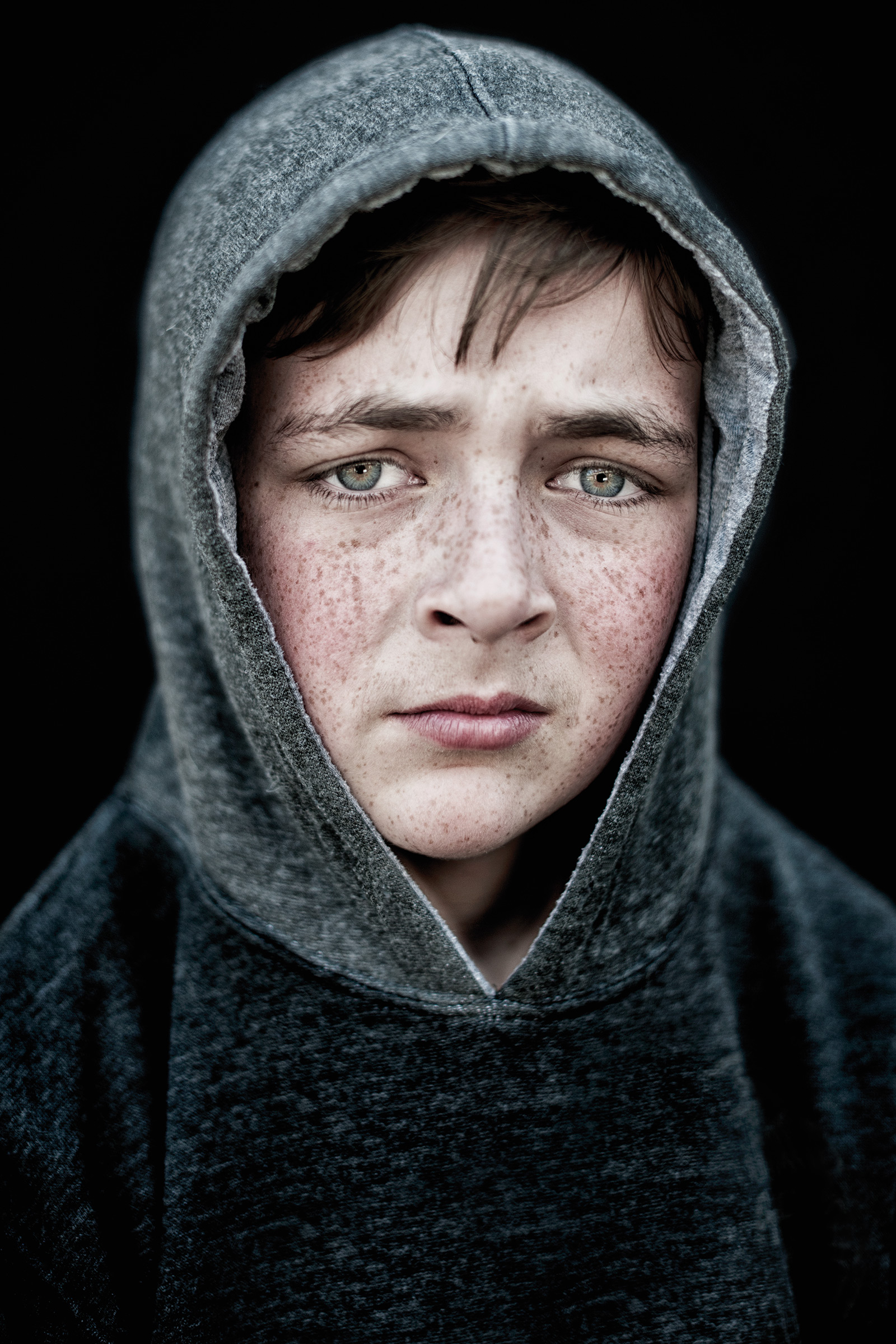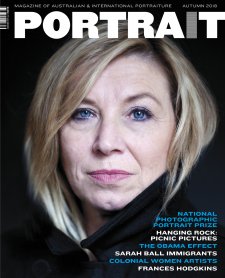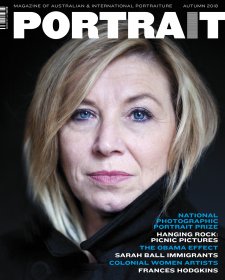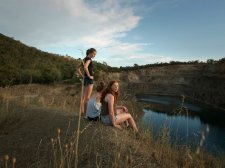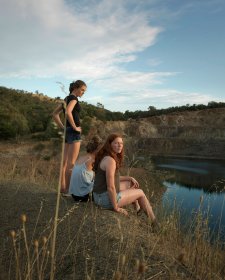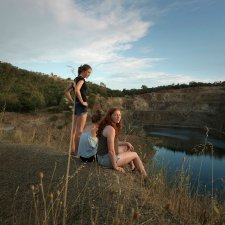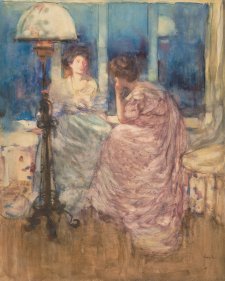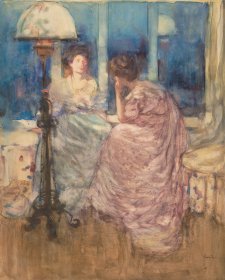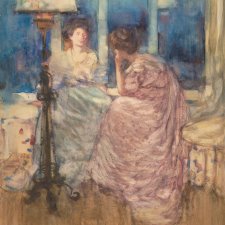Portrait photography, by definition, is a collaboration. It is also the grandest of lies masquerading as the ultimate truth. The desired outcome is always something beyond a mere likeness, an image that transcends the now and connects directly to the viewer like an arrow to the heart.
My portrait practice takes me onto the street and into the lives of complete strangers; the sidewalk is my studio and the street my casting agency. I see, I approach, we make and we part. I use no fancy lighting set up – my preference is subdued natural light. I remove any jewellery, earrings or headwear that may indicate status or signify a certain era, and I almost always have my subjects wearing black, standing against a black background. I don’t wish to distract the viewer with anything other than the face or, more importantly, the eyes. I want direct contact between the viewer and the subject – my main goal is to ‘get out of the way’.
Most days invite inspirational imagery; some days, those very rare days, transcend the usual possibilities. Meeting Riley was one of those days. Riley had been severely bullied at school. He had been punched several times, and was eventually knocked out in his classroom. He’d been harassed and ridiculed and felt alone and isolated, with little or no help from teachers or the school principal. He was devastated, as were his parents. I photographed Riley on the eve of the family relocating to New Zealand. I set up my background and explained the process; we made several portraits, then suddenly Riley descended into a deep silence. For a split second the distance between us dissolved, we connected, and I released the shutter. I only have one frame with this intensity and knew immediately I had my portrait.
The Life of Riley is more about the sitter and his willingness to be open to the experience than the photographer and his ability to make an image. What is the secret to a great portrait? I can’t say, but maybe this quote from The Little Prince helps: ‘A very simple secret: It is only with the heart that one can see rightly; what is essential is invisible to the eye.’
